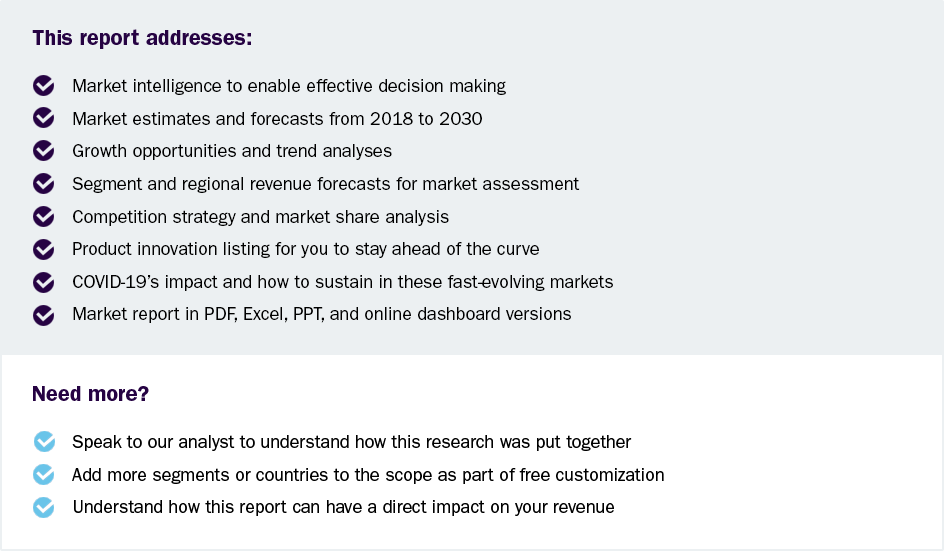Europe Limestone Market Size To Reach $19.42 Billion By 2030
Europe Limestone Market Growth & Trends
The Europe Limestone market size is expected to reach USD 19.42 billion in 2030 and is projected to grow at a CAGR of 5.1% from 2025 to 2030. Rising investments in the building & construction industry, increasing demand for PCC and GCC from the paper industry, and high utilization of fertilizers are growth drivers for the Europe limestone market.
The construction market exhibited a positive trend in the early months of 2023. In January 2023, construction production within the Eurozone rose by 3.8% from 2022, and in the EU, it increased by 3.3%. Further, increasing demand for green construction is expected to augment the limestone demand in the region over the forecast period.
Also, limestone gives important nutrients like calcium and magnesium to the soil, which are crucial for plants to grow well. Calcium helps the roots grow, cells divide, and plants absorb nutrients. Limestone also improves the soil's structure and makes it easier for water to go through, preventing too much water from staying in the soil and lowering the risk of certain plant diseases.
The global food crisis in the world is increasing due to rapid population growth, climate change, soil degradation, and water scarcity. According to the World Bank’s Global Report on Food Crises 2023, more than a quarter to a billion or a quarter of a billion people in 58 countries are facing acute food insecurity and require urgent food assistance. Owing to this reason, countries are investing in increasing agricultural production of their country, which requires large amounts of high-quality fertilizers. This is expected to open new opportunities for limestone manufacturers.
Ireland is one of the fastest-growing countries in the world. The IMF enlists it as the third fastest-growing country in Europe and expects its real GDP to expand by 4% in 2023. Construction is one of the vital industries in the country and is expected to grow by 2.5-3% in 2023. The majority of the limestone production in the country is catered to the farmers for agricultural lime.
Competitive rivalry is high in the market owing to the presence of several global and regional players. Nordkalk, Carmeuse, Lhoist, and Sibelco are among the leading limestone mining and processing companies in Europe. Presently, they are investing in marketing and research & development activities to remain competitive in the market.
 Request a free sample copy or view report summary: Europe Limestone Market Report
Request a free sample copy or view report summary: Europe Limestone Market Report
Europe Limestone Market Report Highlights
-
Based on end use, Limestone is used to produce mortar, construction aggregates, cement, tiles, plaster, and other building materials. Construction and infrastructure demands are high in European countries
-
The Germany limestone market to witness significant growth, the expansion of residential and non-residential construction sectors is projected to remain a key factor for the growth of limestone demand.
-
The France limestone market has witnessed a rise in investments in the wake of the upcoming 2024 Paris Olympics, which has a budget of EUR 3.8 billion (~USD 4.4 billion).
-
The European Commission approved a funding scheme for Czechia to support railway siding projects, including renovations, upgrades, and new construction. Such investments are expected to drive demand for limestone over the forecast period.
Europe Limestone Market Segmentation
Grand View Research has segmented the Europe limestone market on the basis of end-use and country:
Europe Limestone End Use Outlook (Volume, Kilotons; Revenue, USD Million, 2018 - 2030)
-
Construction
-
Iron & Steel
-
Agriculture
-
Chemical
-
Others
Europe Limestone Regional Outlook (Volume, Kilotons; Revenue, USD Million, 2018 - 2030)
-
Europe
-
Germany
-
UK
-
Ireland
-
Sweden
-
Norway
-
France
-
Finland
-
Estonia
-
Lithuania
-
Latvia
-
Czechia
-
Poland
-
Belgium
-
Spain
-
List of Key Players in Europe Limestone Market
-
Nordkalk
-
CARMEUSE
-
Lhoist
-
Sibelco
-
Ognyanovo-K
-
WIG Wietersdorfer Holding GmbH
-
Franzefoss Minerals
-
Graymont
-
Kalkfabrik Netstal AG
-
CARRIÈRES DU HAINAUT

